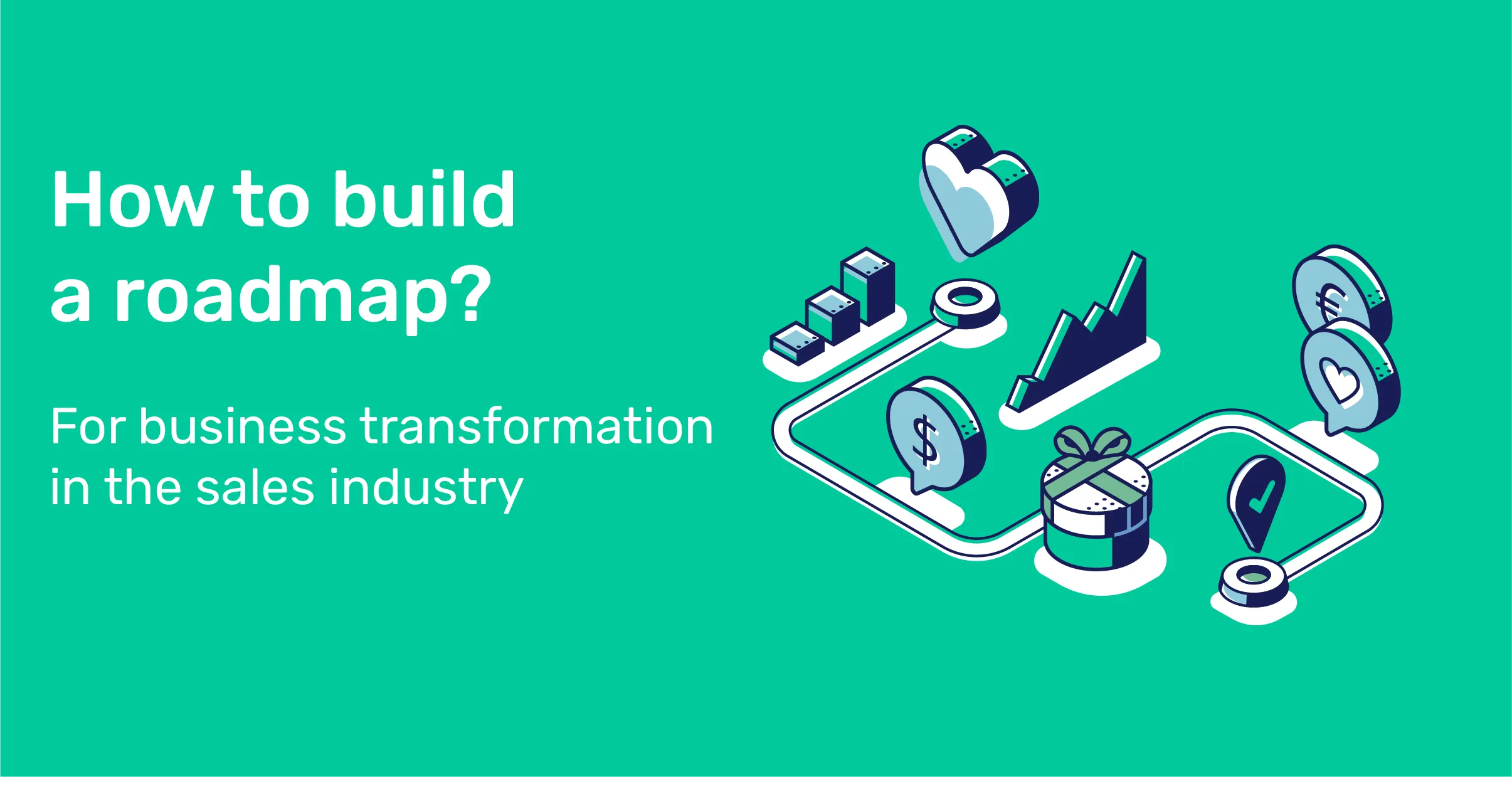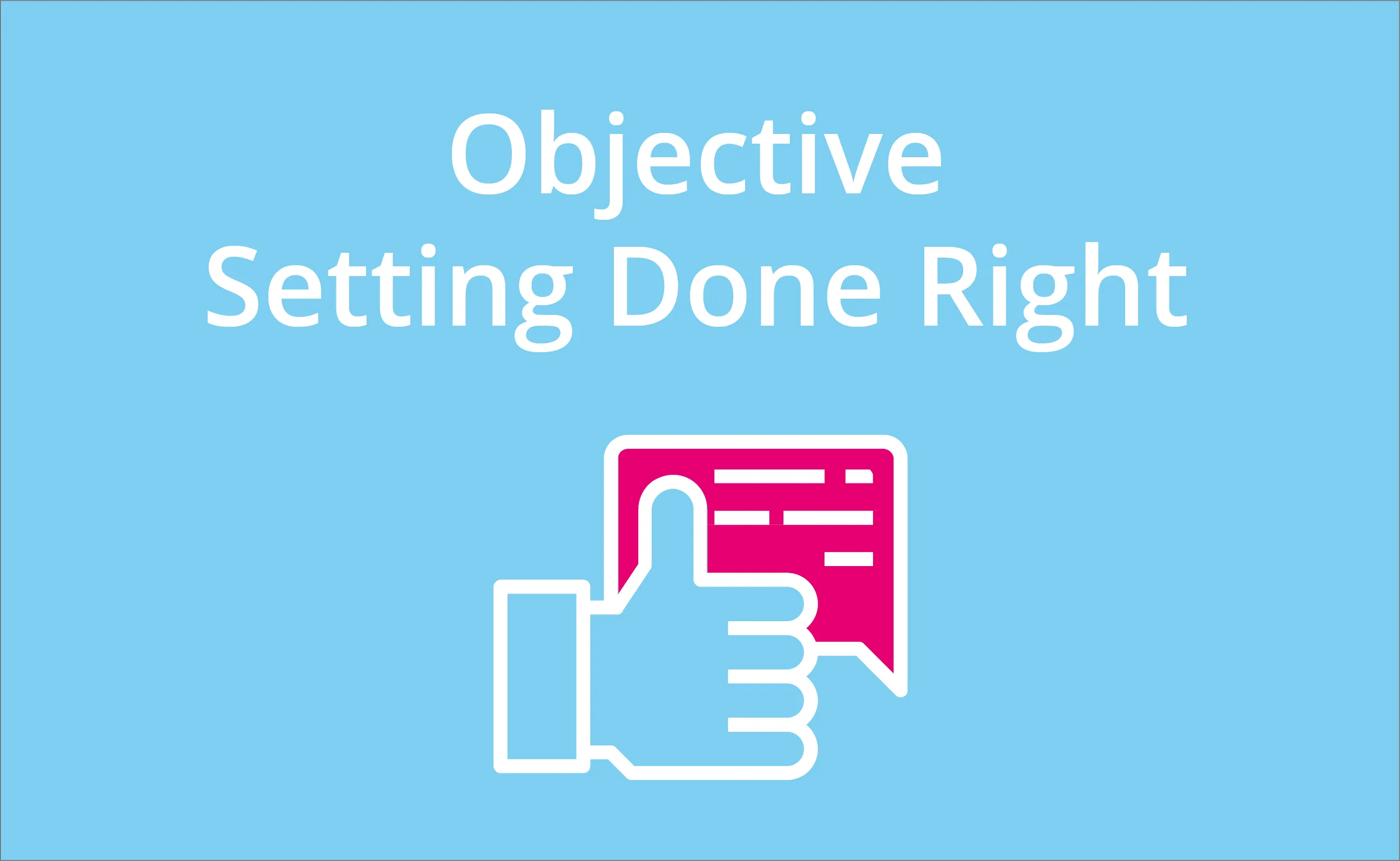
In our previous blog posts, we discussed the importance of building strategic alliances and getting an overview of your channel operations.
For the next stage, we’ll teach you how to execute the ideal business transformation. To get your desired results, conduct a pragmatic gap-analysis and a one-page roadmap—then get your partners and stakeholders involved. Let’s begin by discussing how to make a pragmatic analysis.
How to make a pragmatic gap-analysis
First-timers in business transformation may find a pragmatic gap analysis intimidating. But if you know the following steps, you can seamlessly execute the process.
Step 1: Create awareness and involve teams
First, become aware of the problems within your organization. Channel sales managers, consultants and sales reps must be able to acknowledge the problem so that they are more determined to carry out the solution.
Step 2: Conduct a gap analysis based on three dimensions
Next, generate a research-backed and data-driven analysis based on the three dimensions:
- PEOPLE: Assess the capabilities of your managers, marketing team, and sales team. Gauge their productivity, strengths and weaknesses.
- PROCESSES: Understand the roadblocks and critical processes necessary to make the business transformation.
- TOOLS: Identify whether your organization uses outdated processes that require spreadsheets and paper-based documents. Modern companies must have access to the best-of-breed technology, effective tools, and API-management to remain efficient.
Note: Identify your businesses strengths, weaknesses, and ways to improve for each domain.
Step 3: Build a roadmap for 3 horizons (0,3,5 years) and prioritize
Now that you’ve conducted a gap analysis, use the information to build your present and future roadmap.
What is your overall vision for your people / processes / tools at present, in 2 to 3 years, or in 5 years?
Afterward, determine your priorities or focus areas per year, semester or quarter—for each dimension.Here’s a graphic that provides a visual overview of this process:

Let’s use an example to illustrate the process in-depth. In the dimension of the tool, your goal is to procure the necessary tools and technological advancements to boost the efficiency of your sales team. To achieve this goal, your organization could build a front-end portal gradually within the next three years, and rebuild the back-end technology stack for sales teams within five years.
In addition, any business transformation in your operations should be able to pass the “MAYA” test. “MAYA” stands for, “Most Advanced Yet Acceptable”, and the concept was introduced by the father of Industrial Design, Raymond Loewy.According to this principle, the main hindrance to a business transformation could be the people within your organization. If the proposed solution involves a vast departure from their usual processes, then business transformation could fail. Organizations must ensure that people are comfortable with the changes for successful implementation. More here
Step 4: Align your technology stack with your strategy
Finally, have the tools necessary to execute your overall vision. Align your technological solutions for lead management, opportunity management, marketing development funds, and sales enablement.

That said, organizations may debate on whether to adopt different tools or processes or to purchase tools from a single vendor. We understand that a one-size-fits-all approach seems more convenient and simple for executives. However, various business processes and teams have different tasks so they require distinct solutions.We highly recommend reading up on these five main technology categories to find the best tools for groups within your organization:
- What is CRM (Customer Relationship Management)
- What is PRM (Partner Relationship Management)
- What is BRM (Business Relationship Management)
- What is BI (Business Intelligence)
- What is SSO (Single Sign-on)
Get A Business Relationship Management Software (BRM) tool
Implementing any change in your organization and getting your partners involved will be difficult but having a Business Relationship Management Software (BRM) like Qollabi could solve your problem.
For starters, Qollabi can centralize your partner business plans and provide transparency for all stakeholders.
Through our solution, channel account managers will be able to collaborate with their partners and modify their partner business plan, even if stakeholders work remotely. Since all the documents are available online, follow-ups are less regular and the parties involved are on the same page.
Use Qollabi to ensure partner commitment and avoid unclear plans and irregular follow-ups. Now how to plan your business transformation?
Here’s the blog post you can check out: How To Get A Comprehensive Overview Of Channel Operations & Get Everyone On The Same Page



